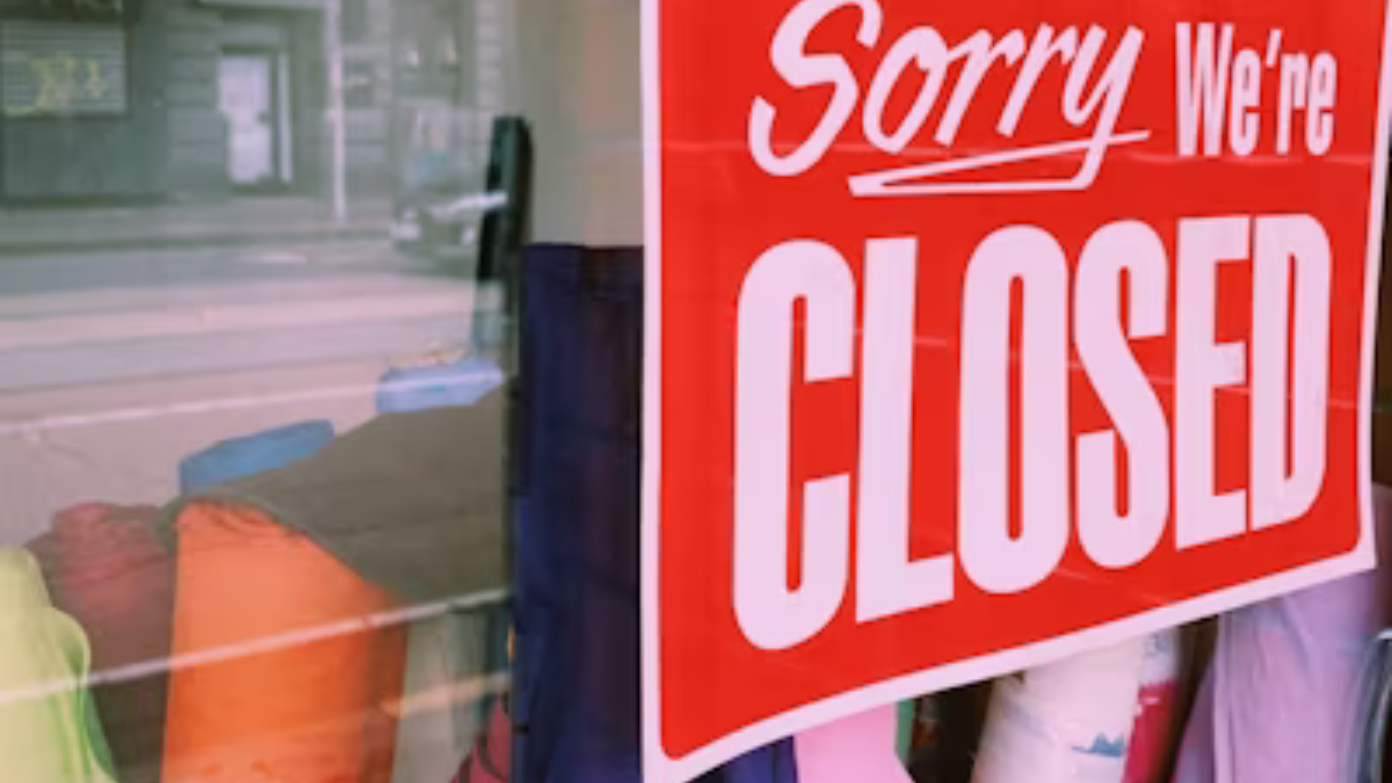Joann Fabrics, the beloved American crafting icon, supplied fabric, sewing accessories, and do-it-yourself supplies to generations of crafters for decades. Its sudden closing of all its remaining stores in May 2025, after it filed for a second Chapter 11 bankruptcy, is the end of an era for a retailer that once dominated its niche. The implosion demonstrates how successful brands with devoted customer bases can fall victim to changing marketplace dynamics as well as management mistakes.
From humble beginnings to building empire
Founded in 1943 as Cleveland Fabric Shop, Joann became famous by serving post-World War II America’s home sewing craze. Renamed in 1963 to Jo-Ann Fabrics by the merging of the founders’ daughters’ first names (Joan and Jacqueline Ann), it went public in 1969. It had 500 stores in 1980 by capitalizing on its focus on fabrics and crafts to beat general retailers.
In 1998, Joann controlled 30% of the U.S. fabric market by leveraging competitors’ abandonment of in-store sewing instructions and custom fabric cutting services. Permitting customers to touch and feel fabrics induced zealous loyalty, particularly from home sewists and quilters who were enamored with the chain’s 50,000+ SKUs in inventory.
Joann had a temporary surge during COVID-19 lockdowns, with 2021 sales jumping 23.5% as consumers stayed home and created their own masks and participated in do-it-yourself projects. The surge allowed the retailer to put off dealing with systemic problems such as $615.7 million of debt and $26 million of monthly rent payments.
The unraveling: Strategic mistakes and industry transitions
Joann’s first Chapter 11 filing in March 2024 aimed to reduce debt by maximizing stores and improving operations. The company emerged again as a private company a month later, closing underperforming stores but retaining 800 stores. But this restructuring did not stop the critical challenges:
- Inventory mismanagement: Store disruption from supply chain disruption left stores with patchy inventories of best-selling products such as quilting cotton, while buying too much seasonal decor left $133 million in unpaid bills to suppliers.
- E-commerce stagnation: In contrast to competitors Michaels and Hobby Lobby, which made large investments in omnichannel capabilities, Joann earned less than 5% of sales through online channels.
- Labor costs: Hourly wages rose 18% between 2022-2024, compressing margins in a price-conscious market.
The death blow: Second bankruptcy and liquidation
Joann’s Chapter 22 filing in January 2025 (a widely used abbreviated version of repeat bankruptcies) revealed “acute and unexpected” stock shortages as well as $1.2 billion in liabilities. Although it initially aimed to keep 300 stores in operation via asset sales, all remaining properties were purchased by liquidator GA Group in February 2025, which began full closure by May 31.
Key closure statistics:
- 19,000 jobs lost, including 15,600 part-time jobs
- $176 million in liquidation sales via 70-90% off discounting
- Over 500 neighborhoods lost their sole fabric store
Why competitors won while Joann lost
Joann’s rivals steered clear of such fates by tactfully differentiating:
Michaels entered experiential selling with in-store classes and private-label partnerships such as the Martha Stewart Crafts line. Hobby Lobby used its religious base to build a loyal customer base while keeping costs tightly controlled with vertical integration. Both chains spent more than 15% of revenues on e-commerce – three times as much as Joann’s Web-based business.
The digital revolution in the craft market
Internet fabric retailers such as Fabric.com and Mood Fabrics captured 32% of the U.S. sewing market by 2024 with pattern suggestions that were artificially intelligent and quilting classes offered online. Joann’s outdated website – without instant inventory search – couldn’t hold onto tech-savvy young crafters.
Read more: Eighty-year-old ice cream brand to close 500 locations, but not for the reason you’d expect
Read more: This all-American brand just warned of a $50M blow… the market didn’t care

